Date: 27 August 2014
Jane Embury, the company’s marketing director, looks at fires in factories and warehouses. When 31-year-old Colin Goulding sneaked into a storeroom to have a crafty cigarette, it turned into a nightmare for him, his family and work colleagues.Goulding was working at a crisp factory in Crumlin, South Wales and, despite smoking being forbidden inside the building, he thought the storeroom would be safe enough. But he discarded his cigarette in a hurry and it landed in a pile of crisp wrappers. The fire it started caused £25 million of damage and cost 100 people their jobs – including Goulding’s parents who also worked at the factory. The blaze took only 10 minutes to engulf the factory.
Earlier this year, Goulding was jailed for over six years for starting what the judge described as the “most expensive arson he had ever seen.” The Crumlin fire underlines two key aspects of fire safety in factories and warehouses. First, most fires start from the very smallest of causes, often an electrical short circuit – in this case, a lit cigarette. Second, given the right conditions, fire can spread extremely rapidly. In the developed world, stringent fire regulations have hugely reduced the risk posed by fire but, as with the Crumlin fire, not all risk can be eliminated, particularly if employees act with wilful intent or negligently.
In terms of loss of life, the worst recorded accidental factory fire was at the Kader Toy Factory in Thailand in 1993. Again, the initial fire was so insignificant that employees were told to continue working. However, the facility was filled with highly-flammable material, and by the time an evacuation was ordered, it was too late. Making matters worse, fire exits shown on the building’s plans hadn’t been built, and external doors were locked. Many workers were trapped in the building. 188 were killed, and over 500 seriously injured. Before the Kader Toy Factory fire, the world’s worst industrial fire had been the Triangle Shirtwaist Factory fire in New York in 1911, a garment factory in a high-rise building. It claimed 146 lives and was a catastrophe that directly led to new laws on building access and egress, fireproofing requirements, the availability of fire extinguishers, and automatic sprinklers.
From a fire safety perspective, there are tragic similarities between the Kader and Triangle fires – despite the gap of over 80 years between them: one taking place at a time of more rudimentary fire safety regulations; the other in a developing country where fire safety laws were simply not enforced. In both buildings, there were poor fixed fire protection systems, and a considerable – and unprotected - fuel load of readily-combustible material. Fire exits were inadequate or locked from the outside, and there had been little or no fire safety training. Indeed, it’s been estimated that the fuel packages in both fires were roughly similar.
In the Kader fire, the initial fuel loads was polyester, cotton and plastics; the Triangle fire, which started in rag bins, was initially fuelled by combustible clothing. The highly-flammable fuel loads contributed to the rapid spread of both fires. But the main problem, and point of greatest similarity, was a lack of adequate horizontal and vertical fire separation, with no insulation around stairwells and lift shafts. It meant that fire was able to spread, unchecked, outwards and upwards.
At Wrightstyle, we understand the importance of containment and supply our fire-rated steel and aluminium glazing systems globally. They’re designed to protect against convection, conduction and radiation – the three ways that fire can spread - whether as curtain walling, or internal doors or fire screens for up to two hours. However, we continue to warn that building designers and specifiers must ensure that the glass and its framing systems have proven compatibility. That means insisting on comprehensive fire test certification that cover both elements. In a fire, the glass and its frame have to function together to prevent the spread of fire, smoke or toxic gases. If one fails, both fail, with potentially catastrophic consequences.
The history of fire safety regulation has been one of being wise after the event – sometimes referred to as “codifying by catastrophe.” It means that, all too often, it has taken great loss of life to improve fire safety. That was certainly the case with the Triangle fire that ushered in a raft of new legislation, and which informed fire safety thinking in many parts of the world. The Kader fire was simply a case of not having an enforcement regime in place – a reminder that there’s no point in having fire safety regulations if they’re not rigorously enforced.
Regulation and enforcement is standard practice across the developed world, but catastrophe is never far away in poorer countries that cannot easily afford the necessary investments. For example, the Tanzeen fashion factory fire in Dhaka in 2012. Probably started by an electrical fault, it killed at least 117 people and injured over 200. Survivors said that exit doors had been locked, adding to the death-toll. Global companies have become more vigilant about their supply chains, recognising the damage that can attach to their brands from a catastrophic fire in a supplier factory.
The Kader factory supplied to global toy companies; Tanzeen supplied a number of global retailers – several of whom said that they were unaware that Tanzeen was in their supply chain. The trouble is that we want to buy toys and T-shirts at the lowest price possible. Sometimes, however, the workers at those factories have had to pay a much higher price.
Ends
For further information: Jane Embury, Wrightstyle +44 (0) 1380 722 239 jane.embury@wrightstyle.co.uk
Media enquiries to: Charlie Laidlaw, David Gray PR Charlie.laidlaw@yahoo.co.uk +44 (0) 1620 844736 (m) +44 (0) 7890 396518

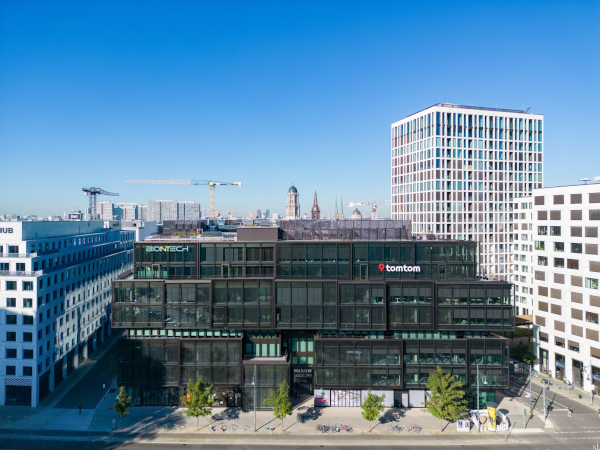

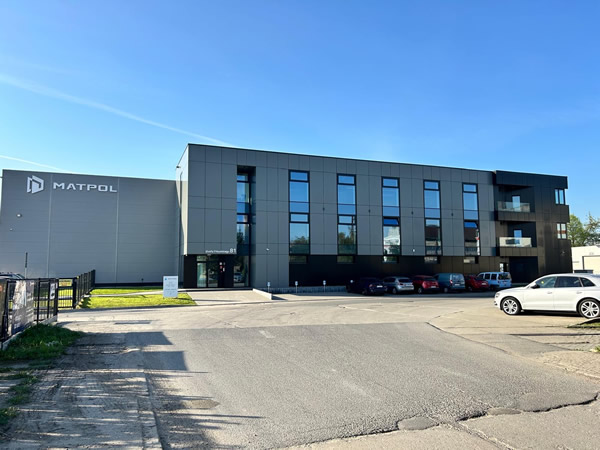
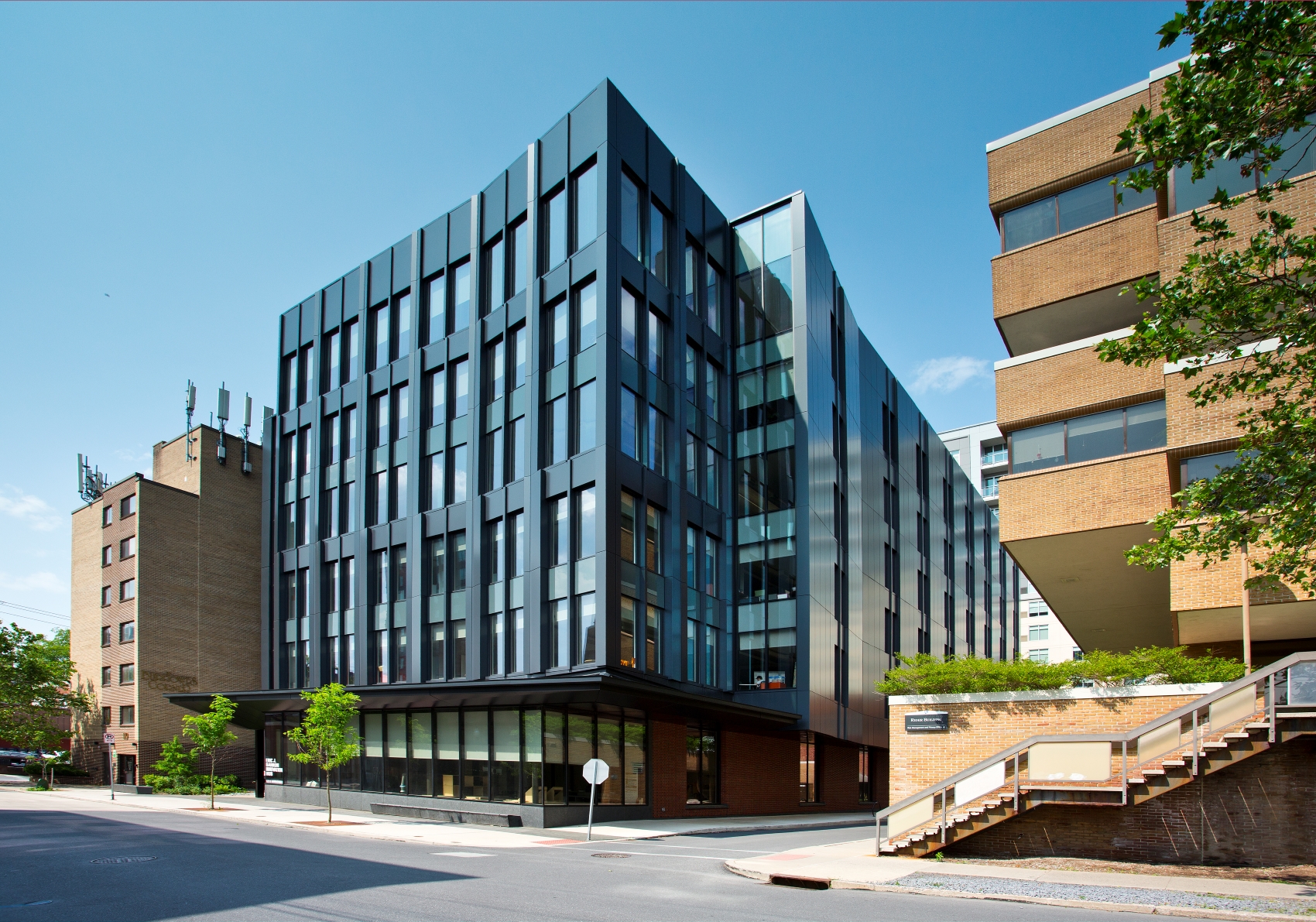
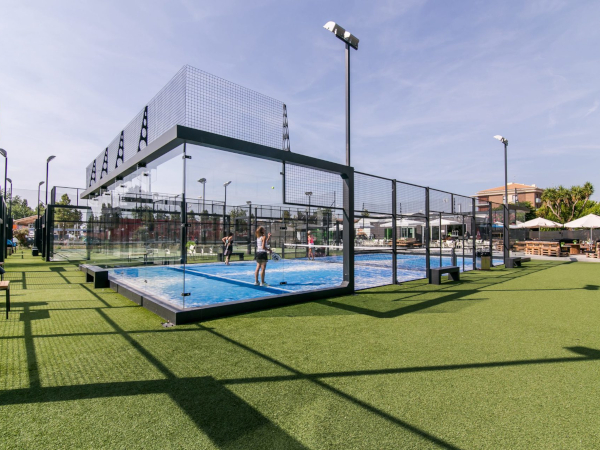
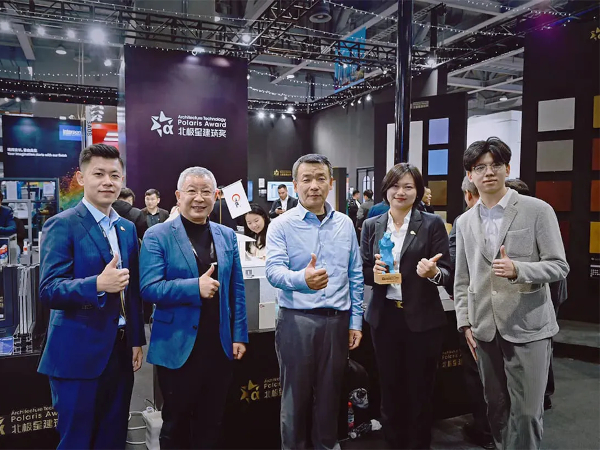







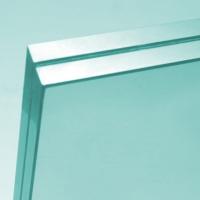
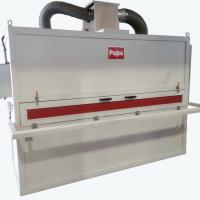
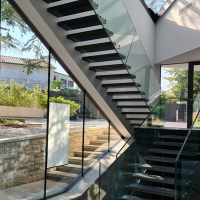
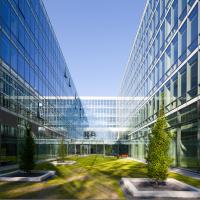
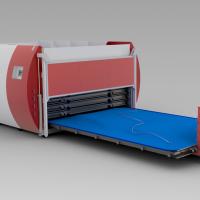
Add new comment